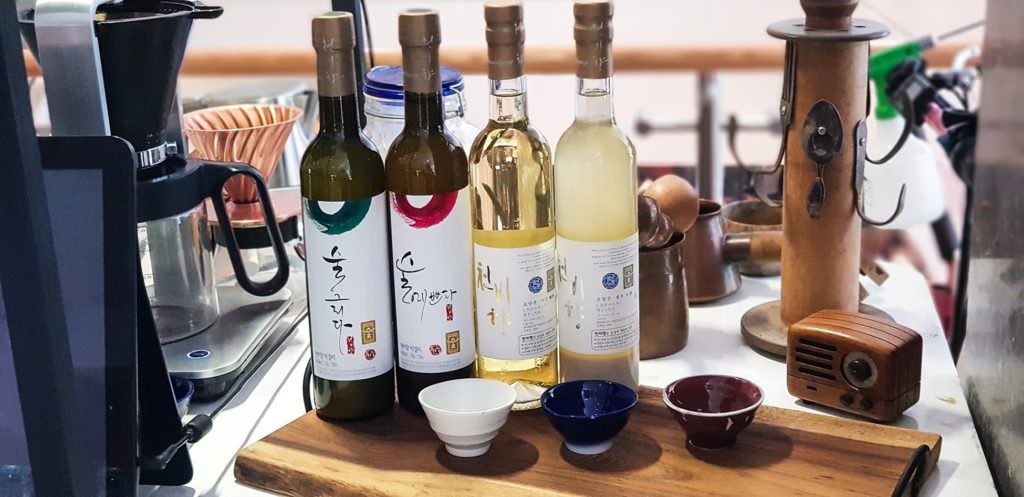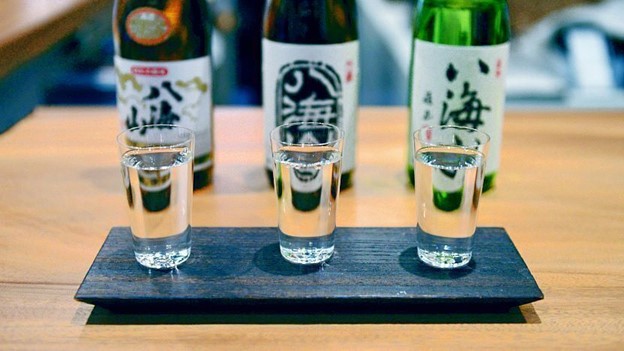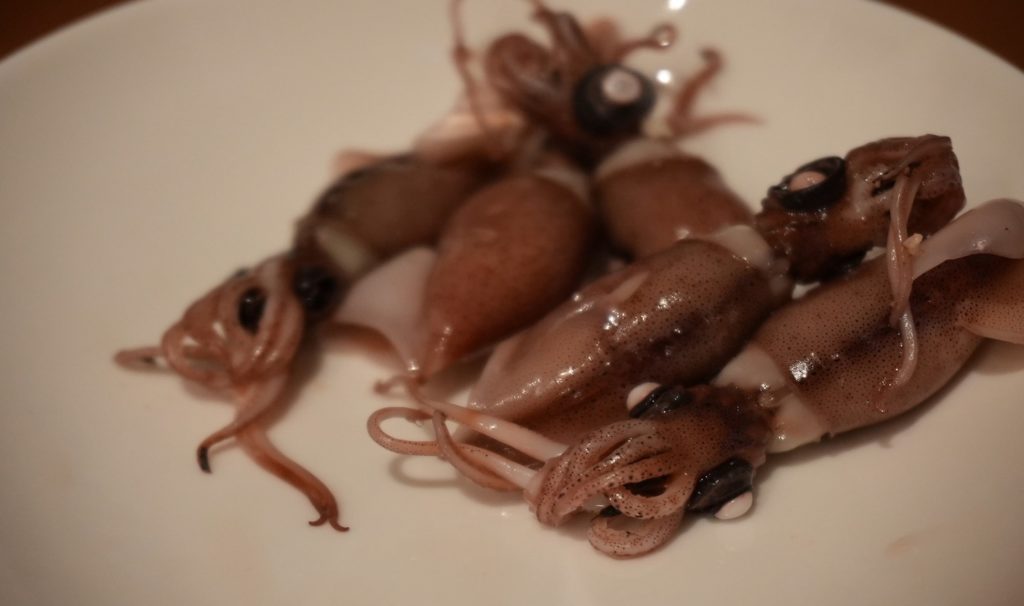Like most people, you probably think that sake wine is slightly different from liquor. After all, sake is made from rice and other fermented vegetables, whereas liquor is made from distilled spirits. Is sake wine or liquor? The answer to this question is not straightforward. Sake can be considered both wine and liquor, depending on how it is defined.

Sake wine and liquor are both alcohol products. However, the type of alcohol in each product can make a big difference. To narrow down this debate, let’s get into details on both. Continue reading!
Why Is Sake Wine And Liquor Different?
Sake wine is an alcoholic beverage made from rice and other fermented vegetables. It has a light taste and is perfect for sipping on while enjoying your meals or snacks. Sake wine and liquor are both alcohol products. However, the type of alcohol in each product can make a big difference. Sake wine is made from rice and other fermented vegetables, whereas liquor is made from distilled spirits.
It’s perfect for sipping on while you enjoy your meals or snacks. On the other hand, liquor can be enjoyed straight-up or mixed with other drinks to create a more intense experience. It’s typically served in larger bottles and has a more robust flavor.
So whether you think sake wine or liquor is better for you, it depends on what you like!
How Does Sake Wine Differ From Liquor?
Sake wine is made from rice and other fermented vegetables, whereas liquor is made from distilled spirits.

You can serve Sake wine in small glasses with a light taste. It’s perfect for sipping on while you enjoy your meals or snacks. On the other hand, liquor can be enjoyed straight-up or mixed with other drinks to create a more intense experience.
So whether you think sake wine or liquor is better for you, it depends on what you like!
What Are The Benefits Of Using Sake Wine Over Liquor?
There are many benefits to using sake wine over liquor regarding taste, smell, and drinking experience.
On the other hand, liquor can be enjoyed straight-up or mixed with other drinks to create a more intense experience. So whether you think sake wine or liquor is better for you, it depends on what you like!
Most importantly, you can enjoy sake wine with food or snacks.
Different Styles Of Sake
There are many different types of sake, each with its unique flavor. The three main types of sake are futsu-shu, honjozo-shu, and junmai-shu.
1. Futsu-shu
Futsu-shu is the least expensive type of sake and has a mild flavor.
2. Honjozo-shu
Honjozo-shu is extracted from rice blend and other grains, but it has a higher alcohol content than futsu-shu. It has a light, fruity flavor and is the most popular type of sake.
3. Junmai-shu
This is made from pure rice and has the highest alcohol content of the three main types of sake. It has a robust and earthy flavor and is the most expensive type of sake. Junmai-shu comes in different styles, each with its unique flavor profile. Some examples include daiginjo-shu, ginjo-shu, and koshu-shu.
What Food Can You Pair With Sake?
A good pairing for sake can be “sake goes with anything.” That’s because sake is light to go with various foods. Sake also won’t overpower the flavors in a dish.

For example, sake goes very well with Japanese food such as sushi and tempura. It also pairs nicely with Western food like pizza, steak, and chicken dishes.
Where Can You Buy Sake?
You can purchase all types of sake at your local liquor store or supermarket; however, it might be challenging to find the exact style you want if you’re looking for something specific. For example, if you’re going to buy junmai-shu but can’t find it locally, you’ll have to go online or visit a specialty sake shop.
Sake is also available at Japanese restaurants and specialty shops that sell Japanese food and drink. These establishments often sell different types of sake, so you may be able to find what you’re looking for.
How Long Does Sake Last?
Sake has an indefinite shelf life. It will remain good for years if stored properly in a cool, dry place away from direct sunlight. It would help if you kept your sake in an air-tight container with an air-tight seal to protect it from oxygen, which may cause the flavor to deteriorate over time. The cap on the bottle should also be tightly screwed on so that it doesn’t leak and let out any precious liquid inside!
After opening the bottle of your wine, you should consume your sake within a few days. Because sake contains live yeast and bacteria, it will start to go bad after being opened.
What Is The Alcohol Content Of Sake?
The average alcohol content for most types of sake is around 15-16%, which is similar to wine and beer. The higher the alcohol content, the stronger it will be – for example, daiginjo-shu has an average alcohol content of 18%. However, some types of sake have up to 20% alcohol, which is stronger than most red wines. Sake doesn’t contain gluten even though it’s extracted from rice. It’s also slightly sweeter than wine and beer but has a lighter flavor.
The best way to serve most types of sake is when chilled or at room temperature. However, some people prefer to drink their sake warm (at around 60-65 degrees Fahrenheit). If you choose to drink warm sake, dilute it with water so that the alcohol content doesn’t overwhelm your senses.
Conclusion
Generally, we can consider sake wine because it’s extracted from rice and water. However, like liquor, sake is distilled after brewing. This makes it have a higher alcohol content than traditional wines. For this reason, sake is often considered a type of liquor.
So, the answer to the question is sake wine or liquor? This depends on how you define each term. If you consider wine made only from grapes, sake would be regarded as a liquor. But if you consider wine to include other fermented beverages like barley or rice, then sake would be viewed as a wine.

